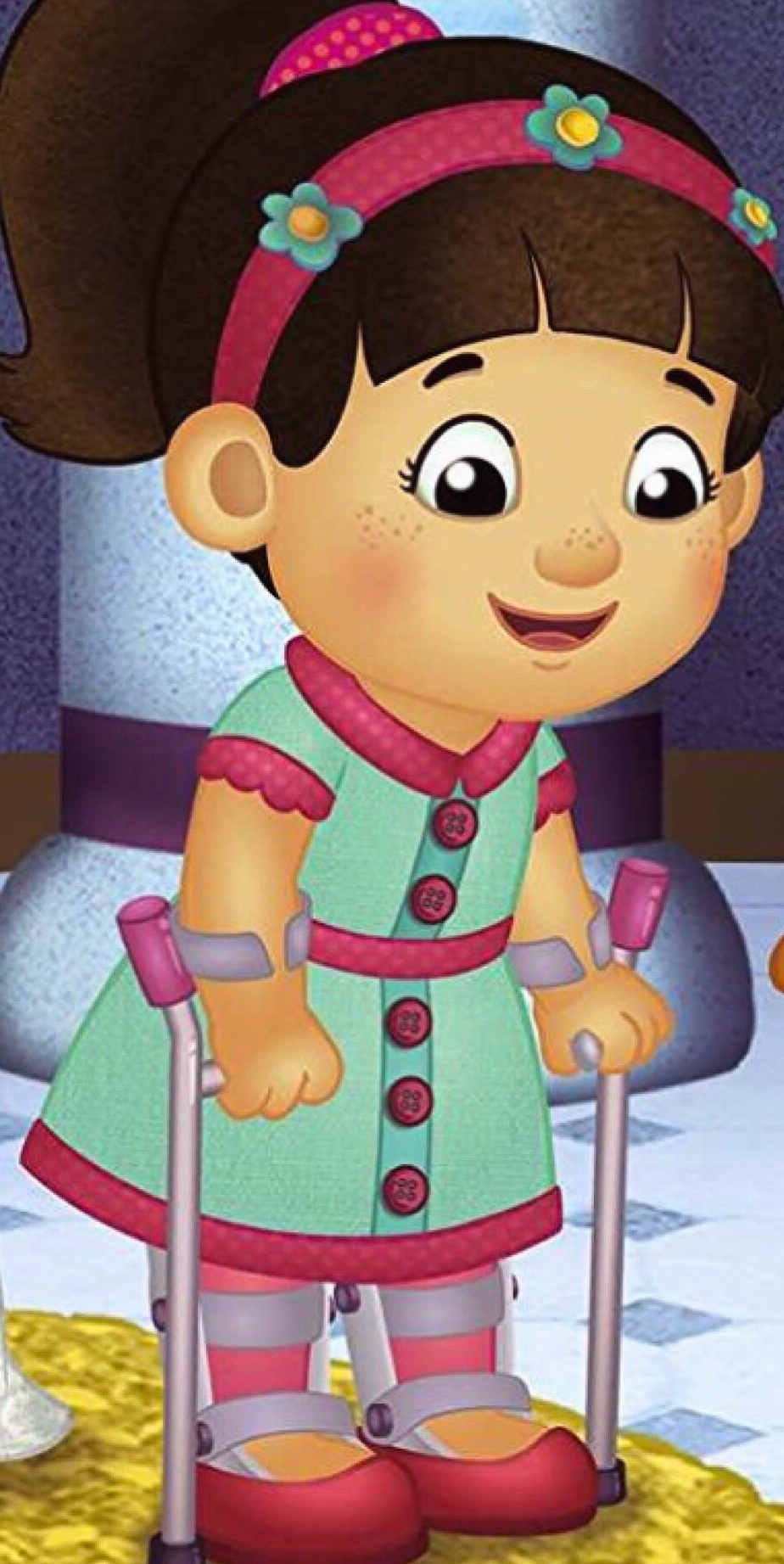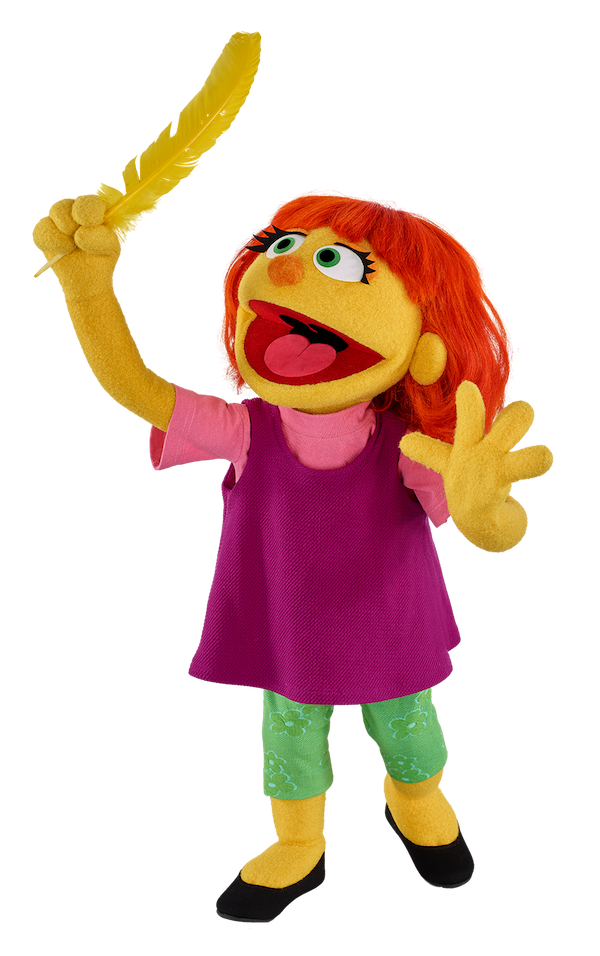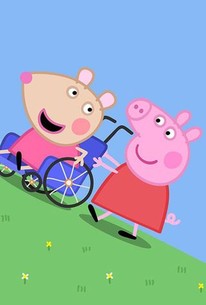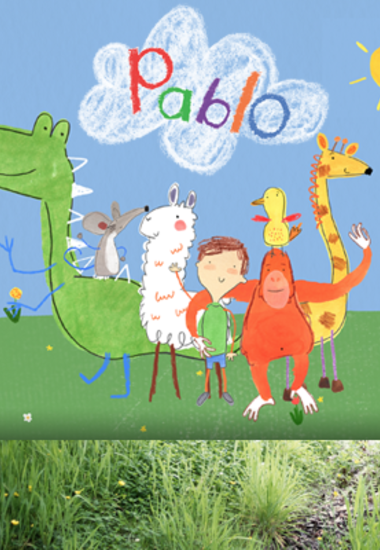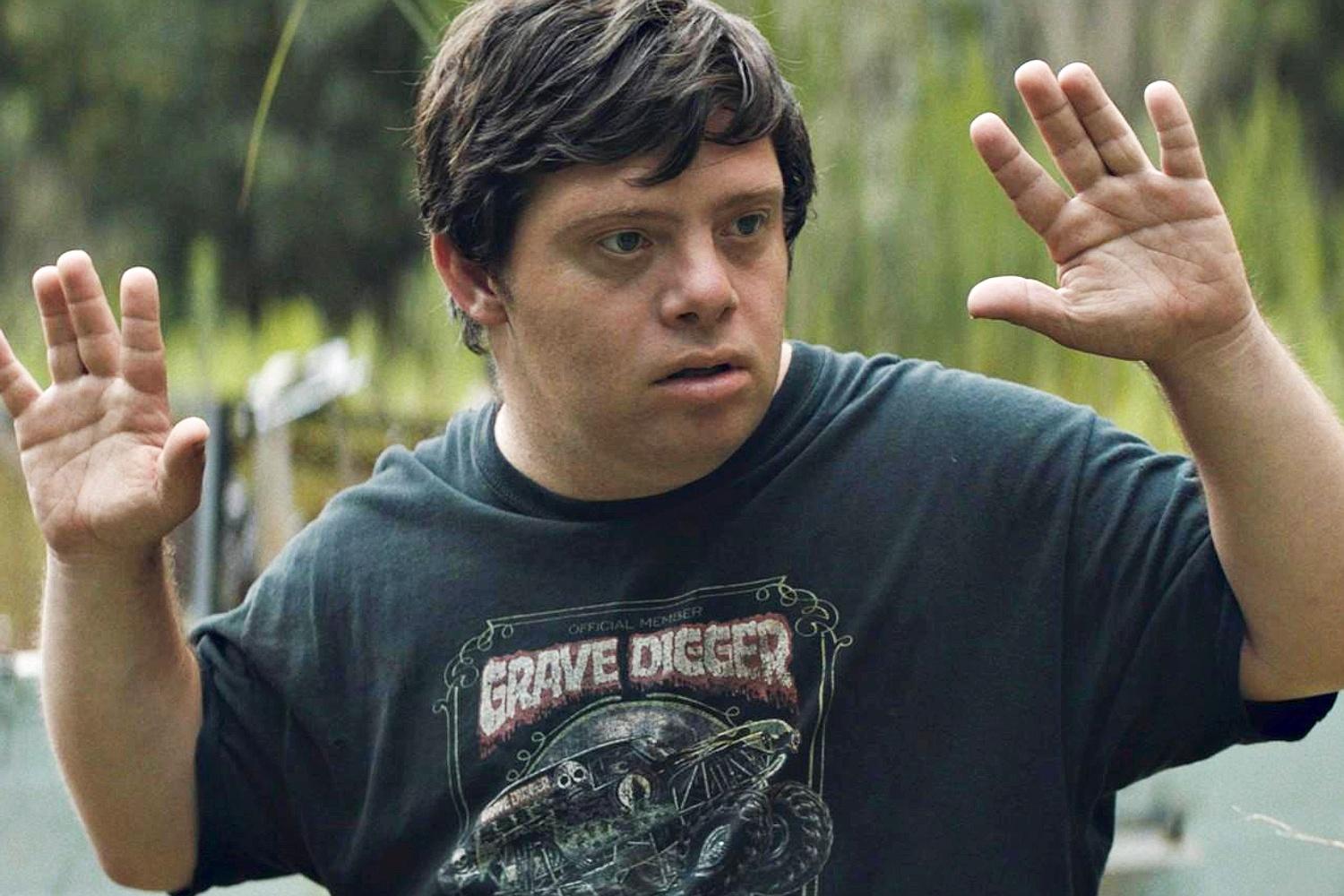TV & Movies
Chrissie from Daniel Tiger’s Neighborhood
Introduced in 2013, 6-year old Chrissie is a regular character on Daniel Tiger’s Neighborhood. She was introduced in the episode “Daniel’s New Friend” and helped Daniel and her classmates to understand why she wore leg braces and used crutches to assist her while walking, but also shared all the things that she could do. The Fred Rodgers foundation shared that the goal of the episode was to help young people appreciate differences because “When you help your young child realize that differences are okay, you set the stage for them to appreciate diversity throughout their life.” [11]
Introduced in 2015, Julia became a permanent cast member on Sesame Street in 2017. Julia is an Autistic child that the creators of Sesame Street developed with the help of various Autism organizations. In the episode “Meet Julia” the audience the other Muppets learn about Julia and have an opportunity to answer questions. Research has shown that Julia has had a powerful impact on parents and children, reporting that “Parents of autistic children reported less strain, increased parenting competence, and more hope about involving their child in their community.” [7]
Introduced in 2017, 4-year old Mandy Mouse, who uses a wheelchair, is a new student in Peppa Pig’s classroom. Mandy Mouse is an excellent basketball player and the children love playing with her during recess. With 375 episodes to date, Peppa Pig is one of the most popular cartoons around the world and characters like Mandy Mouse provide positive representation for individuals with disability, because “anything which sparks discussions about equality for disabled people, and how important it is that disabled people are included in society, is extremely positive” which was evident by the overwhelming responses shared on Twitter when Mandy Mouse first appeared, regularly appearing in episodes ever since. [21]
Pablo is a ground-breaking cartoon that goes inside the imagination of the title character Pablo, who is non-verbal and on the autism spectrum. In each episode, Pablo’s drawings are brought to life. The ground-breaking cartoon is not only voiced by a cast of Autistic voice-actors, but the show’s writers are also on the Autism spectrum. The producers of the show share that “Pablo’s uniquely authentic credentials and highly original premise provide fresh insight into what everyday life is like for children on the autism spectrum, with the aim of facilitating better understanding of their experience.” Making it a must-see cartoon, and one of the few with male representation. [39]
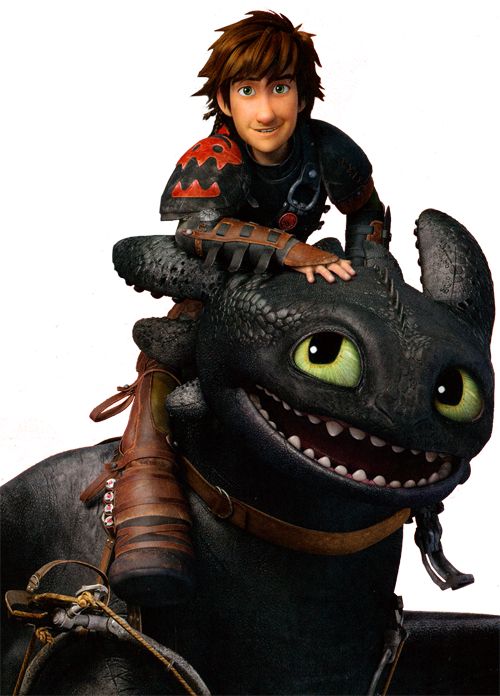
Hiccup and Toothless from How to Train Your Dragon franchise
Hiccup and Toothless are both amputees who have prosthetics, the creation of which helped both characters bond, but are not the defining part of their characters. Through these characters, we see the onset of their disability, the challenges they overcome in learning to use their prosthetics, and the ways they continue to be important members of their community.
Massimo is Guilia’s father, who takes Luca and Alberto under his wing as they are disguised walking on land in Portorosso. When Luca and Alberto first meet Massimo, they notice his missing arm and after joking that a sea monster ate it, he told them that he actually came into the world this way. Activist Jim LeBrecht consulted Pixar to help make sure the character was authentic, suggesting “Let’s get beyond these tragic stories, these old tropes, where someone with a disability is only in a story if it’s centered around their disability. And let’s do what we’ve done with other marginalized communities over the years, and simply say, ‘Look, we are part of the fabric of society.” [42]
Award-winning movie CODA made a lot of waves depicting a child of deaf adults (CODA) navigating some difficult life-choices. The movie was authentic in casting deaf actors and utilizing ASL throughout the film. Not only does this provide excellent representation for the deaf-community, but for their loved ones, too.
There are a lot of things that Peanut Butter Falcon does well in propelling authentic disability representation in the media forward. First, the main character is played by Zack Gottasgen has Down Syndrome, and it is important for disabled characters to be played by disabled actors whenever possible. Another important element of the movie is that we get to see the idea of risk being played out. Often, disabled individuals are not granted the “dignity of risk” and seeing Zak take chances, fail, and make decisions about his life. We need more representation like this in the media!
